When we think of the folk revival scene of the 1960s, we often look to Bob Dylan, Simon & Garfunkel, and even Woody Guthrie’s storied career. However, there were incredible female folk singers who were often overlooked, with Joan Baez essentially becoming the exception. Here are three women who were influential in the 1960s folk scene, primarily in Greenwich Village.
Videos by American Songwriter
Ellen Stekert
Ellen Stekert is a folklorist, musician, and educator who worked primarily at the University of Minnesota after studying at various universities and putting out a selection of her own folk music. She released several albums as a primary artist in the 1950s, including Ozark Mountain Folk Songs in 1955 and Songs Of A New York Lumberjack in 1958.
Stekert has also been featured on various folk song compilation albums throughout the 50s and 60s. She also contributed to more modern offerings such as Classic English And Scottish Ballads From Smithsonian Folkways in 2017. Stekert was a contemporary of Bob Dylan, Joan Baez, and other folk pioneers, but was more focused on her academics than her music career.
However, she installed herself as a prominent figure in the folk revival scene, focusing on folklore studies and music preservation. Stekert has also been digitizing her old recordings and has released her first album since 1958, Go Around Songs, Vol. 1.
Connie Converse
Connie Converse disappeared from the folk revival scene in more ways than one. At the time, her music was not widely recognized or regarded. Then, in 1974, she left her home, leaving a lengthy note behind, and was never seen or heard from again.
In 2015, a compilation of her recordings was released, titled How Sad, How Lovely. Converse is considered a pioneer of the singer-songwriter movement, producing some of the earliest recordings of the genre. She lived mainly in Greenwich Village and performed locally, accompanying herself on acoustic guitar.
By the mid-60s, Converse had become disillusioned with the music scene and trying to sell her recordings. She moved to Michigan and became a writer and editor for The Journal Of Conflict Resolution. More than a musician, Connie Converse was a prominent activist and continually published articles and letters denouncing racism and fascism. She was a strong figure with views akin to Bob Dylan’s early protest songs, but instead of focusing on music, she chose to get directly involved.
Karen Dalton
Karen Dalton did not achieve much commercial success from her time in the folk revival scene, but she has often been cited as an influence on modern freak folk artists after her death. Dalton surrounded herself in the Greenwich Village folk scene, playing alongside Bob Dylan, Fred Neil, and Tim Hardin.
Dalton was powerfully independent, refusing to bow to record labels and the music industry. This also translated into her often refusing to record or perform her own songs. She mostly performed covers, and her 1969 album It’s Hard To Tell Who’s Going To Love You The Best, included songs by Neil and Hardin, as well as Jelly Roll Morton, Eddie Floyd, and Booker T. Jones.
She was masterful at the 12-string guitar and long-neck banjo. In his Chronicles Volume 1, Bob Dylan wrote that she “had a voice like Billie Holiday and played guitar like Jimmy Reed.” Overall, Karen Dalton added different influences to the folk scene, including blues, soul, and Motown. Unfortunately, her life was cut short at 55 by drug use and AIDS-related complications. Still, she remains a crucial influence on modern folk artists.
Featured Image by Michael Ochs Archives/Getty Images

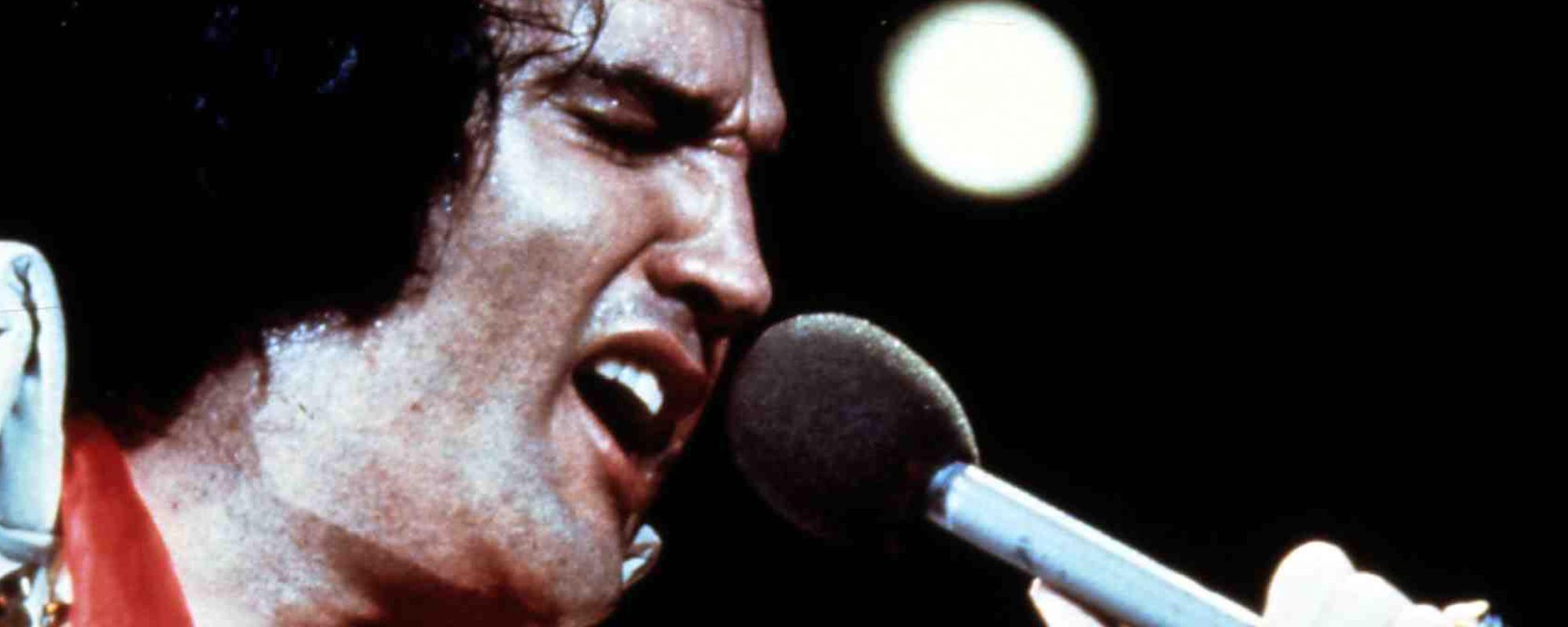
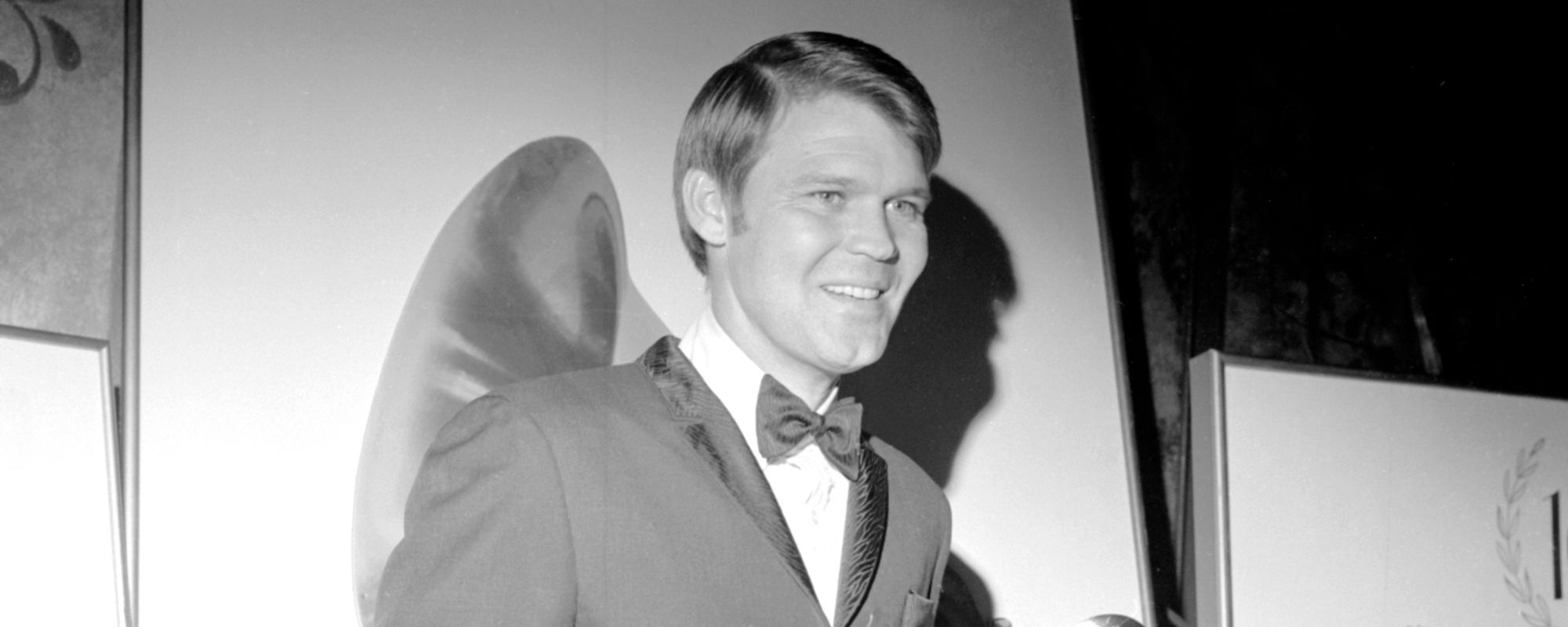
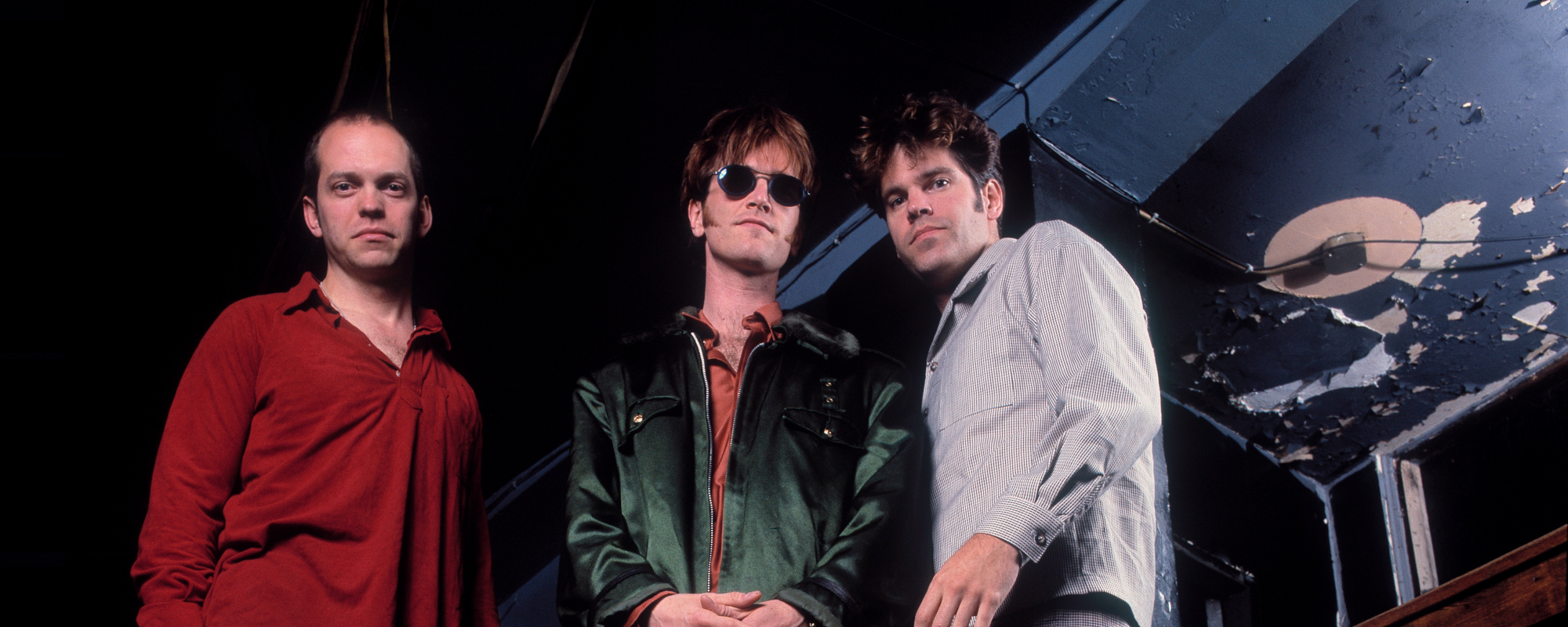
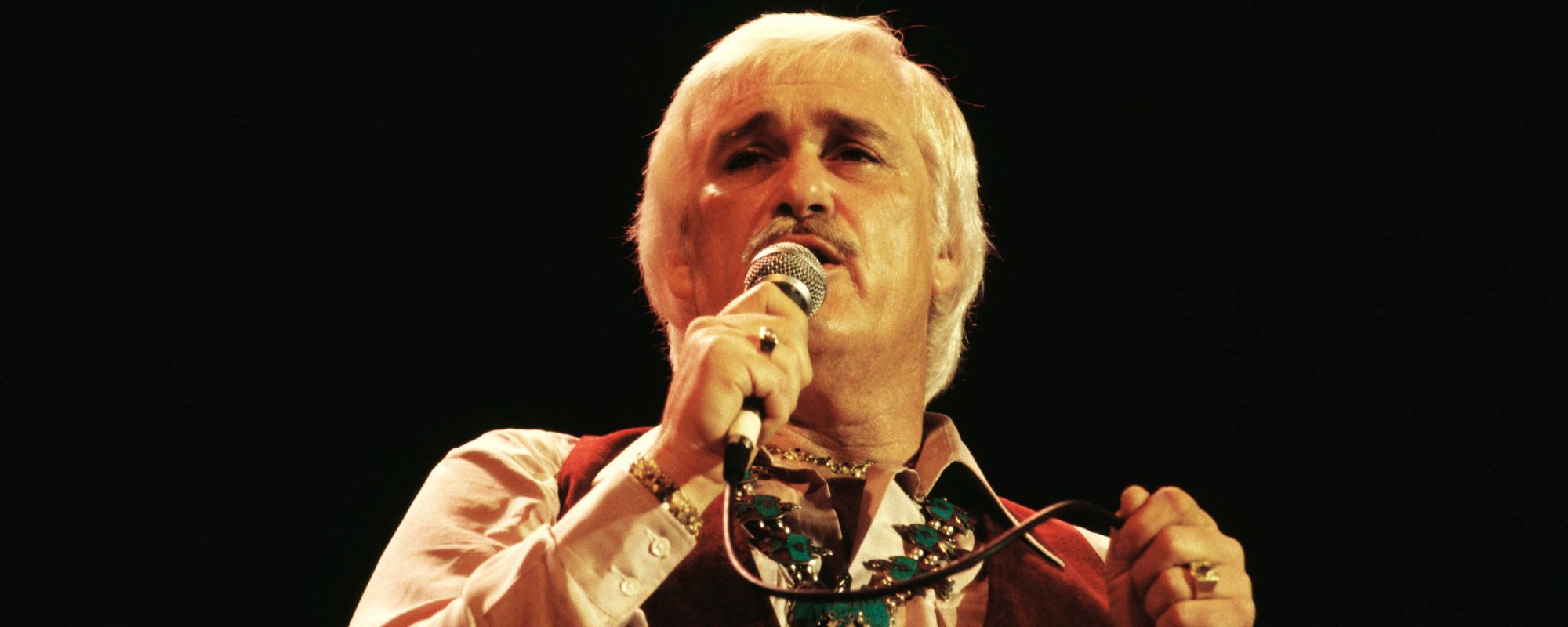
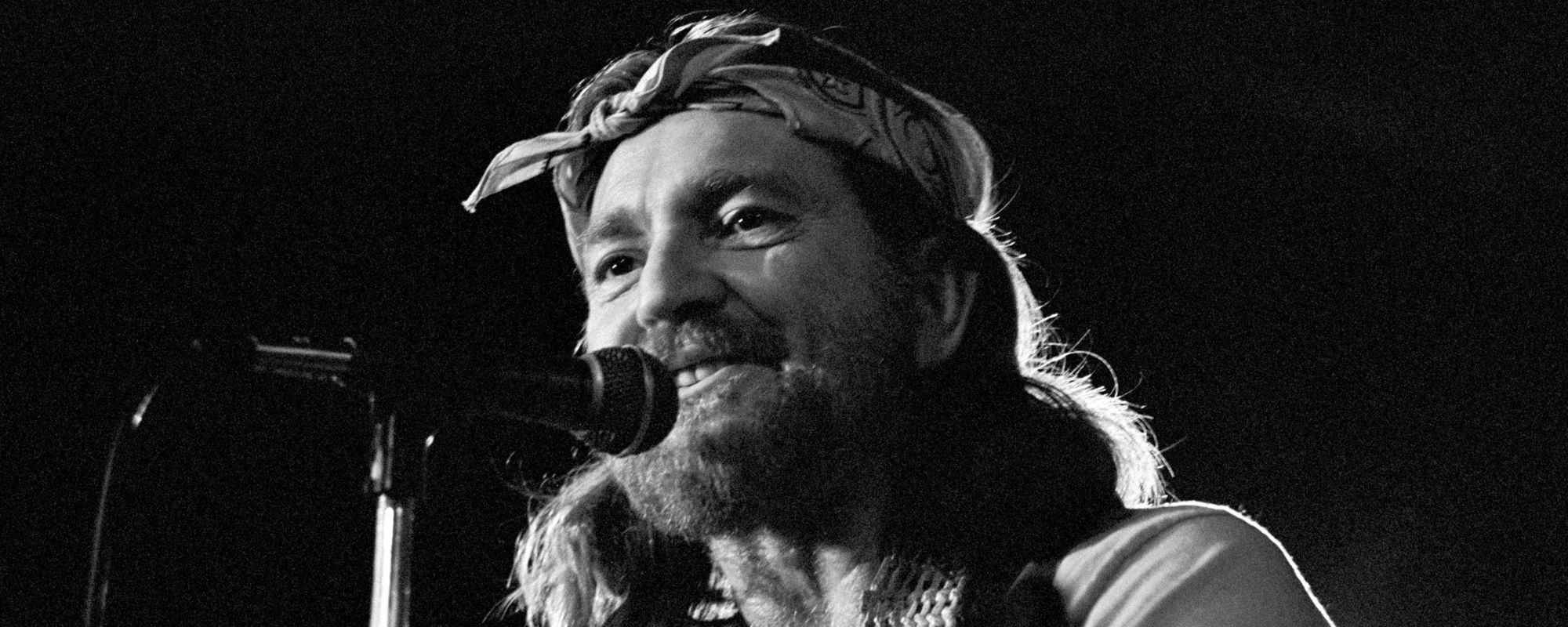

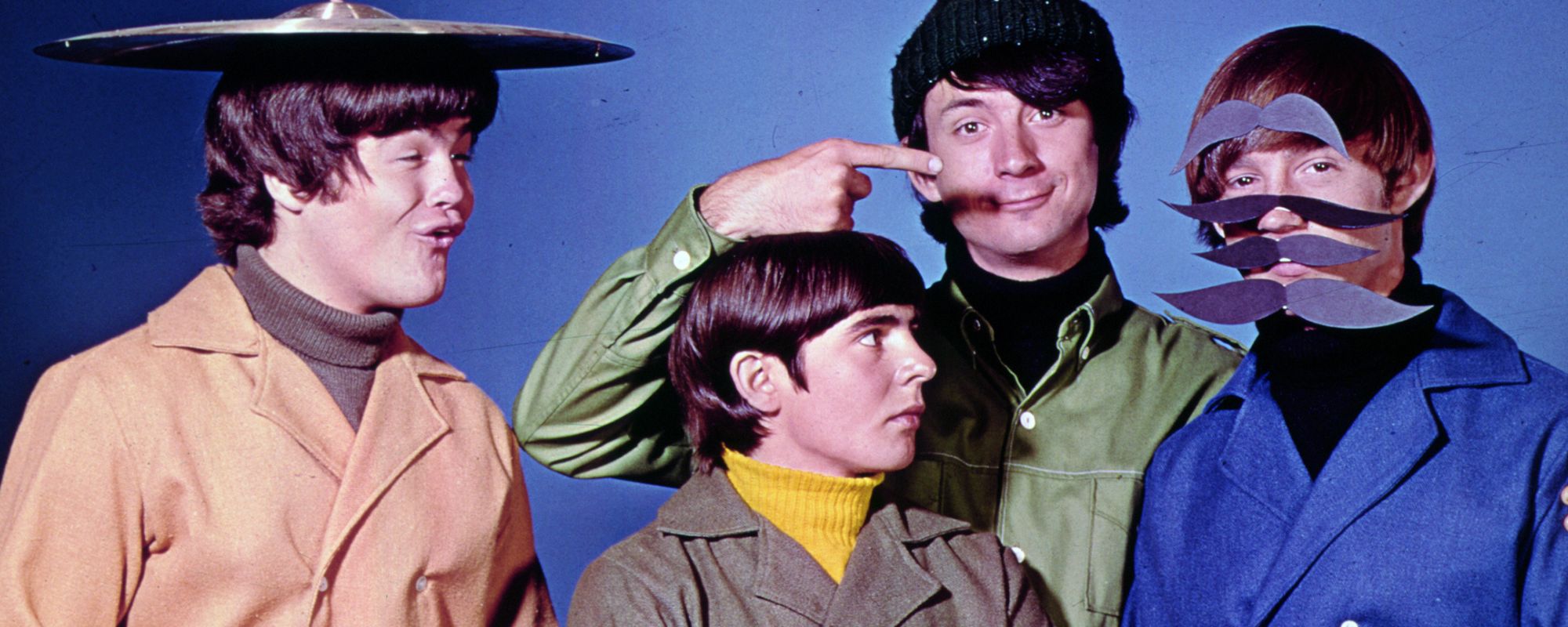
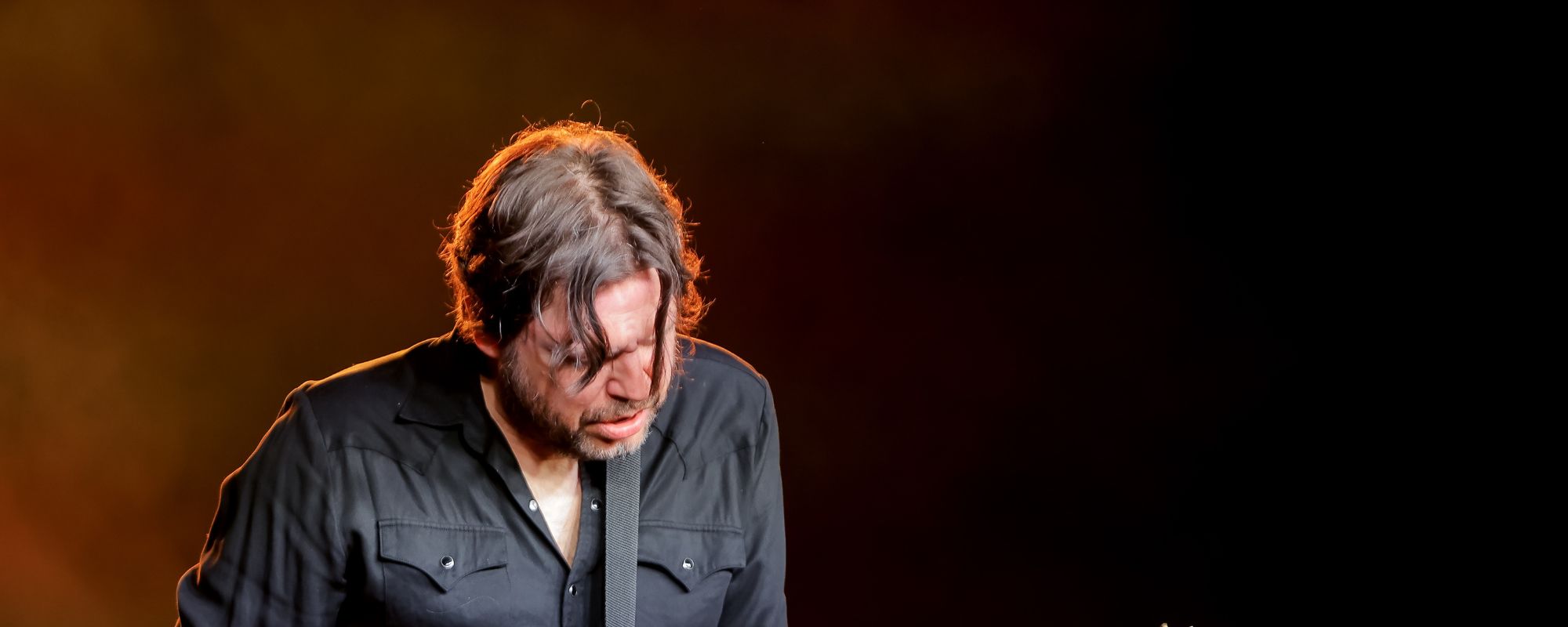
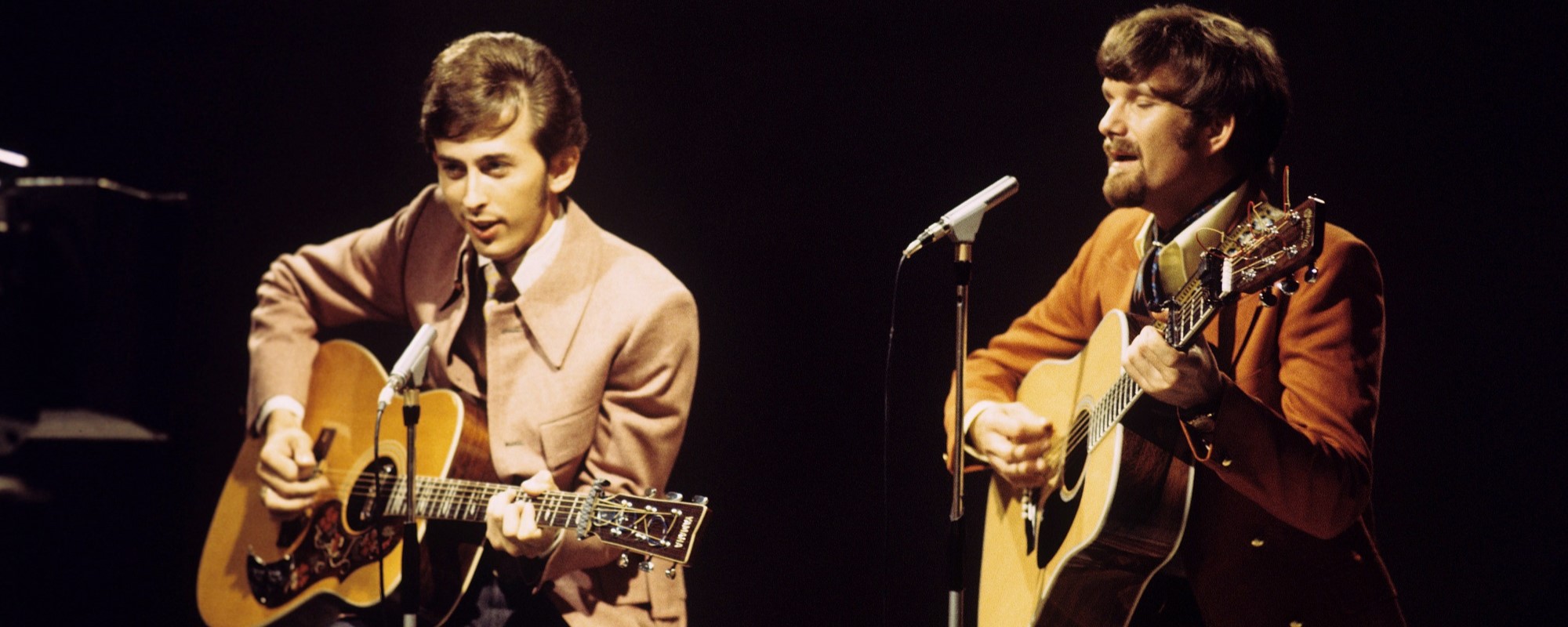
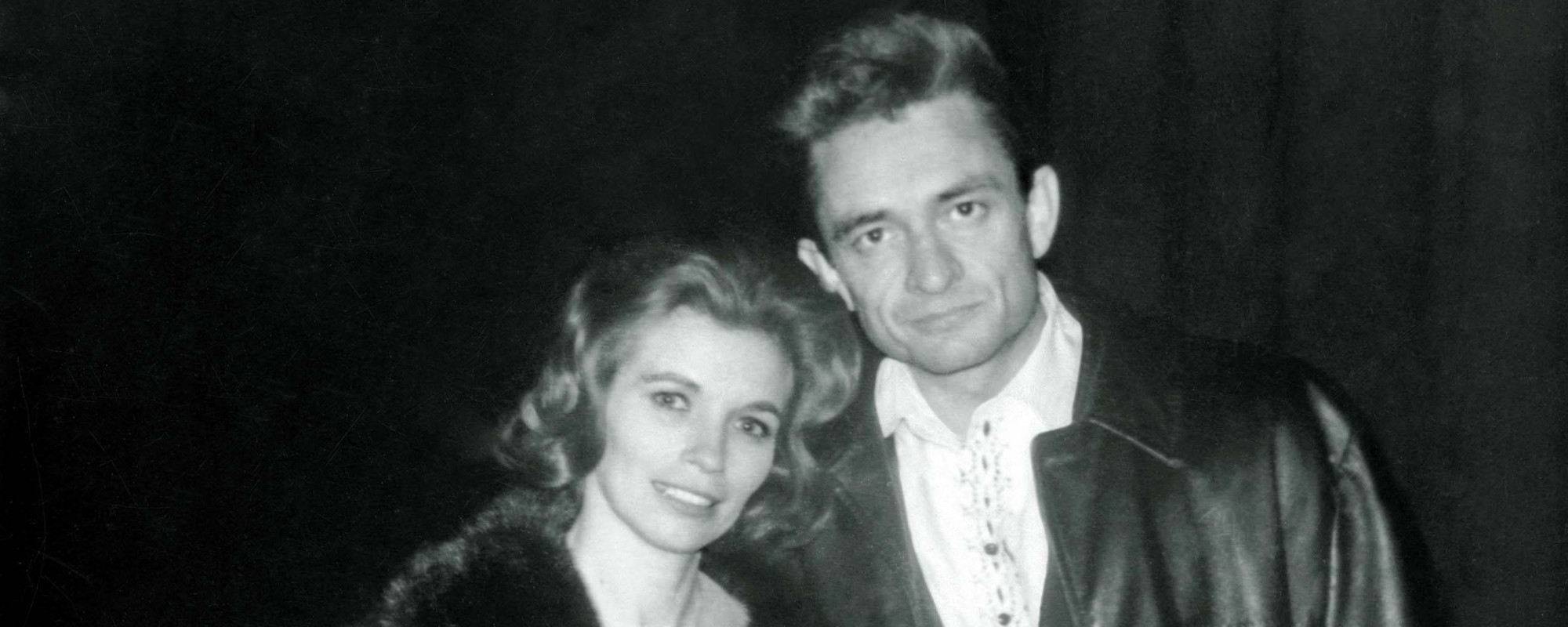
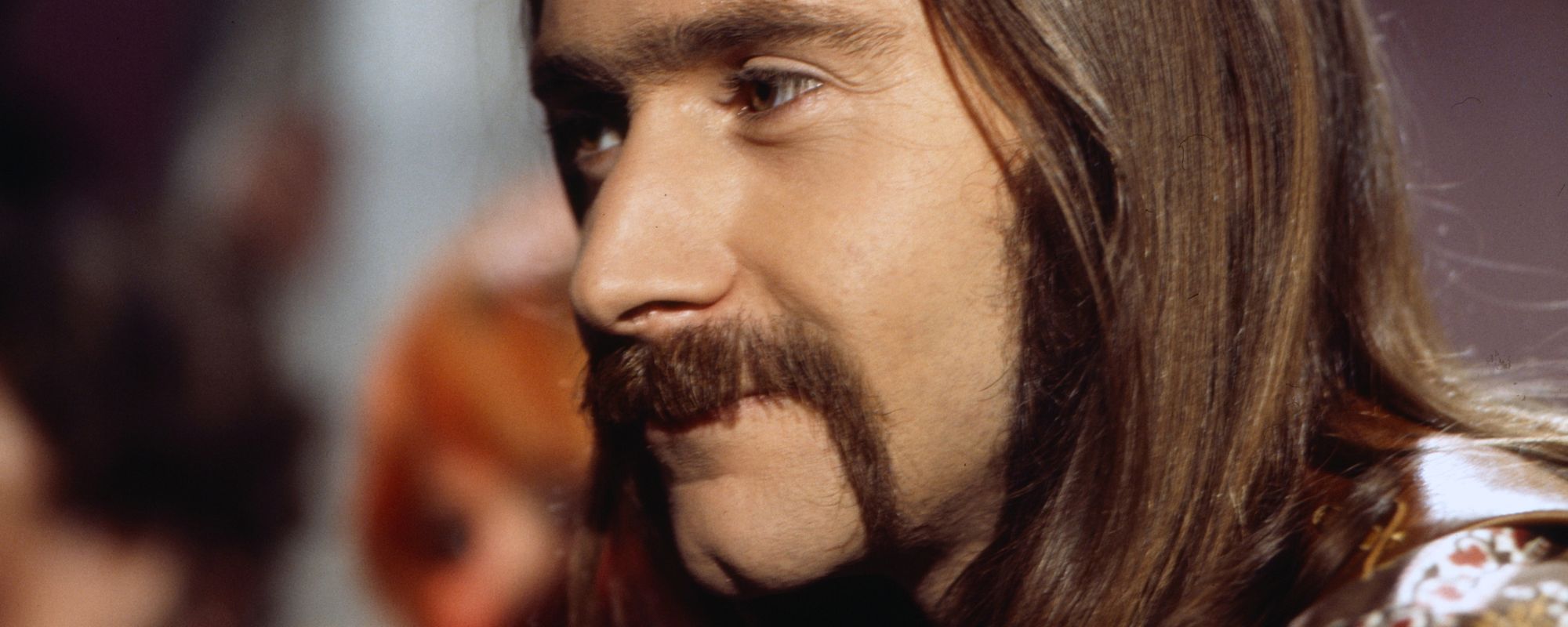
Leave a Reply
Only members can comment. Become a member. Already a member? Log in.